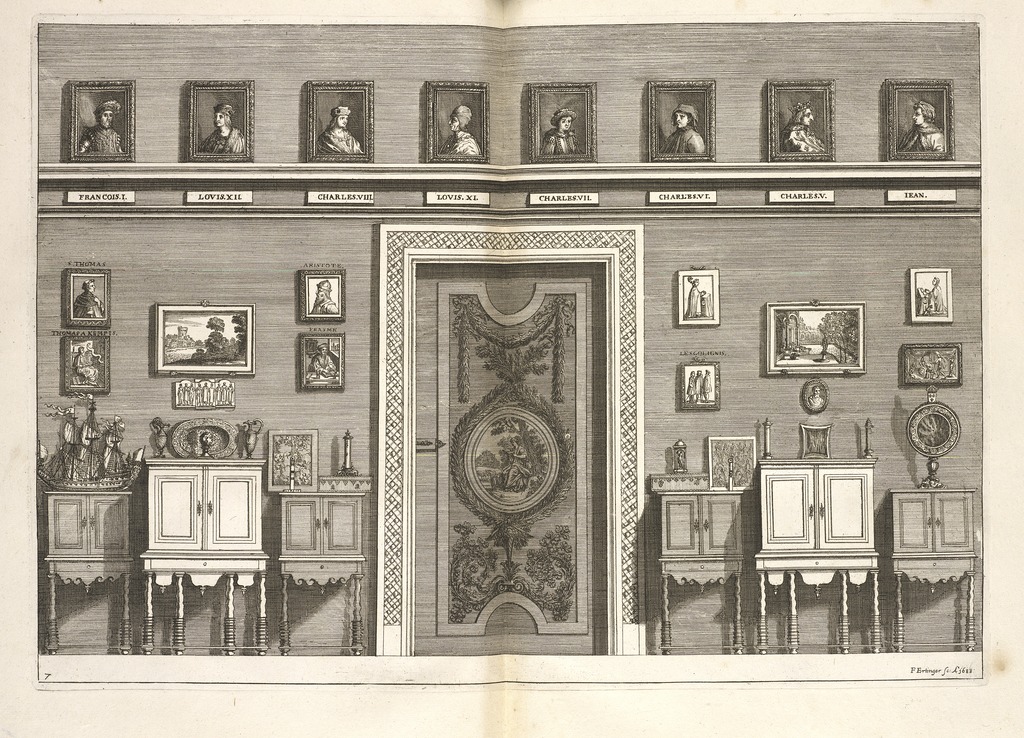Updated 03-Aug-2025
A famous writer (Borges) once said that he imagined the afterlife (or more precisely Paradise) to be a kind of library. However, what occurs to me now (in at once a banal and deeply moving way) is that not only the afterlife, but Life is a kind of Library. I mean this both as metaphor and allegory, but also as a framework which helps clarify certain things, such as information management, complexity theory, search engines, marketing, and other such avocations and vocational pursuits (including how to think about people's behavior).
> I have always imagined that Paradise will be a kind of library. -Jorge Luis Borges

The Universe of Libraries
If life is a kind of library, that would include living species. Imagine extinction as a book burning, of every last copy of a given volume or serial. And individuals themselves can be seen as libraries (though some certainly more than others). Instead of condemning an entire book/life/man (or at least the current chapter) with an individual instance of behavior, the question becomes which chapter of which book in the library of this person are we reading. One small fraction of what could indeed be an anomaly when compared with the collection. Human complexity and depth is worthy of this allegory. My name is Legion, for we are many. And if this planet is one such library, our solar system a larger one, and galaxies even larger collections. Interactions among libraries at the micro and macro level themselves produce more literary output.
The Web Page vs. PageRank
One misnomer we have regarding websites is that of web pages. Really, what we are dealing with is more or less a web chapter since pages can be quite long, and the concept of a page is more or less a constrained viewport into what a screen can provide based on physical dimensions. As we know with ebooks, pagination can shift significantly (hence the need for Amazon to use whispersync to synchronize between different devices and file formats, including audio). If a web page is actually a chapter (aka a document or article), the the structure of that entity becomes clearer and makes more sense from an on-page SEO perspective (paragraphs, figures, tables, header and subheads). Websites are themselves books (though of course some are fantastically larger than any given book, and should be considered (or are already) serials with volumes and issues, such as the New York Times. And the home page of a book (or serial)? That would be the introduction. Of course for single product or service sites this tends to becomes a one-page document (though I still believe that is an unfortunate approach for SEO and organics, relying on inbound links alone, with little local content to enhance relevance signals).
Marketing and Organizations as Libraries
A collection of products and services is usually seen as an optimal approach for a given market, for upselling, niche market targeting, and delivering value from relatively expensive and time-consuming brand building. Each product or service can be a volume and the collection meets the needs of a fairly comprehensive set of readers and browsers, looking for something to read, or a complete set of goods and services. Indeed, building products or services itself creates a collection of artifacts in terms of design requirements, operating procedures, and other treatises and collection of files which organize the production and maintenance of the customer. An Intranet is itself and obvious library, with conversations and documents providing guidance to and resulting from organizational interaction.
File System and Organizing the Cloud
The source files of our publications live across multiple computing devices (remember, life is a library, so is one's collection of files and storage of those files). The cloud helps a lot with synchronization (the duplication of libraries across devices, as well as remote access to them). Fundamental organization of information can begin as prototypical library, that is a semi-flat, facted classification, as well as categorization. Metadata can live in many places, sometimes embedded in the file itself (think geo data in .jpg files), some more explicitly articulated inside of documents, using YAML -- See also Docpad Metadata support and Pandoc Metadata support. Additionally, some metadata is kept in databases (less recommended, but legacy lives on) and some inside o fsimple aspects such as directory structure and document (url) names. Lastly, a but more can be found inside of library-like applications (which generally use databases) such as Calibre. In addition, file system organization should be source-code-control-friendly (git), editor-friendly (atom, brackets, multimarkdown), and human ergonomics-friendly (shallow, scannable directory structure based on semantics, file types and workflow. For example: > books/imprint/title/about-title.md > books/imprint/title/book/chapter-1.md > books/imprint/title/book/images/cover-title.jpg > books/imprint/title/images/example.png > books/imprint/title/research/example.pdf (In this case, imprint is a descriptive conceptual or categorical grouping identifier.) The forcing function of this structure is that information goes into chapters (or research about books), and content is organized as books (in a library). The nature of the particular topic can result in a broad or narrow subject matter regarding the book. Chapters can proliferate into books, and books can contract into a chapter or two (of another book).
Complex Systems in General
The levels and layers of information, just as in emergent complex systems, can interpenetrate and resolve into various configurations, but they are eminently shaped, comprehended, and organized as books in a library. Just like anything living, complex systems cannot be constrained to a single work, other than as a snapshot of a history of that living thing or complex entity or system. Better a collection, a library of volumes as the organizing principle for capturing, engaging with, and producing the very information that exists and drives much of the innovation which may just allow us to preserve our current libraries and produce new books and journals